
Test Setup:
Windows Vista Ultimate 32-bit, Intel Core 2 Duo E6700, 2GB Kingston HyperX PC2-6200 CAS-5, Asus P5B Premium motherboard, Nvidia GeForce 7900 GS, Western Digital Raptor 74GB 10000RPM, Tagan 700W Power Supply, Creative XtremeGamer and Sondigo Inferno 7.1 (Driver: 5.12.01.0008.17.17).Audio Performance:
The audio performance tests we done using Audio Rightmark 6.0.5 and a 3.5mm gold plated, oxygen free stereo loop back cable between stereo out and microphone input. Results were taken at the DVD sample rate of 16-bit/48KHz and High Definition 24-bit/96KHz.What we're looking for:
- Noise Level: A higher negative is better. This is usually viewed in relation to a signal level which provides a signal to noise ratio. As you get closer to zero there's more noise and lesser audio fidelity.
- Frequency Response: Two values listing how close to the lower higher frequencies the codec can reach. If it hits them perfectly it'll display a 0, 0.
- Dynamic Range: The difference between the loudest and quietest sounds the codec can make before it distorts them. The larger the gap, the better.
- THD and IMD percentage: Closer to zero is better. THD and IMD are best looked at together, where as if you have a lot of THD and not much IMD, then it'll offer a warmer accurate sound. High THD and IMD provides a warm, inaccurate sound, low THD and high IMD gives a cold inaccurate sound and finally low THD and IMD gives a cold accurate sound.
- IMD = intermodulation distortion and is a fancy way of saying conversion interpolation, which is a basic detection of the quality loss after an analogue to digital then digital to analogue conversion. By comparing it to a highly compressed source it shows up problems with the codec and converters.
- THD = total harmonic distortion, which shows up unwanted harmonics; integer multiples of the original component sound that can be second, third, fourth degrees or overtones for example.
- Stereo Crosstalk: where the stereo channels "talk" to each other and interact. Ideally you want them entirely separate, unmixed or echoed in either channel, so a higher negative a result as possible is preferred.
16-bit, 48KHz:

Click for Large Images

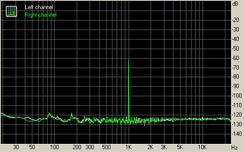
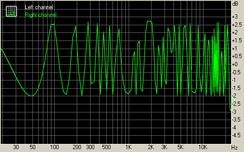
Stereo Crosstalk, Dynamic Range, Frequency Response
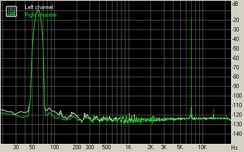
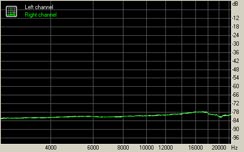
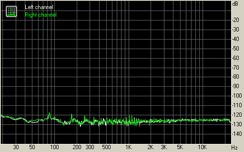
Intermodulation Distortion, IMD Swept, Noise Level
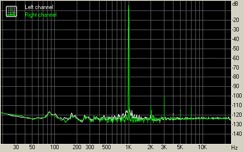
THD + Noise (at -3 dB FS)
24-bit, 96KHz:

Click for Large Images
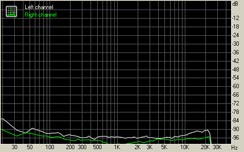
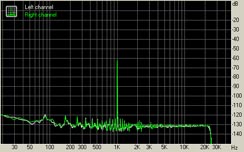
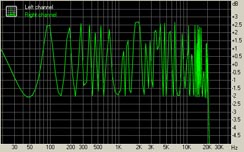
Stereo Crosstalk, Dynamic Range, Frequency Response
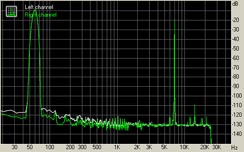

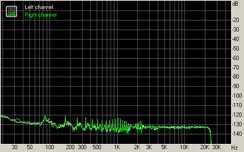
Intermodulation Distortion, IMD Swept, Noise Level

THD + Noise (at -3 dB FS)
Despite fiddling for many hours, testing within a case, without a case, in both Windows XP and Vista we couldn't do anything to affect the frequency response. That nice big wavy line in the third picture in both the 16-bit and 24-bit tests should be as flat as possible around zero. In contrast the rest are very good, with the X-Fi beating the Sondigo Inferno 7.1 in more tests at both settings, even though the Sondigo appears to come out slightly better with an "Excellent" versus the X-Fi's "Very Good" in the HD audio tests.
The comparison was against the XFX nForce 680i SLI which uses the Realtek ALC885 codec, the best we've currently found of any onboard codec.

MSI MPG Velox 100R Chassis Review
October 14 2021 | 15:04








Want to comment? Please log in.